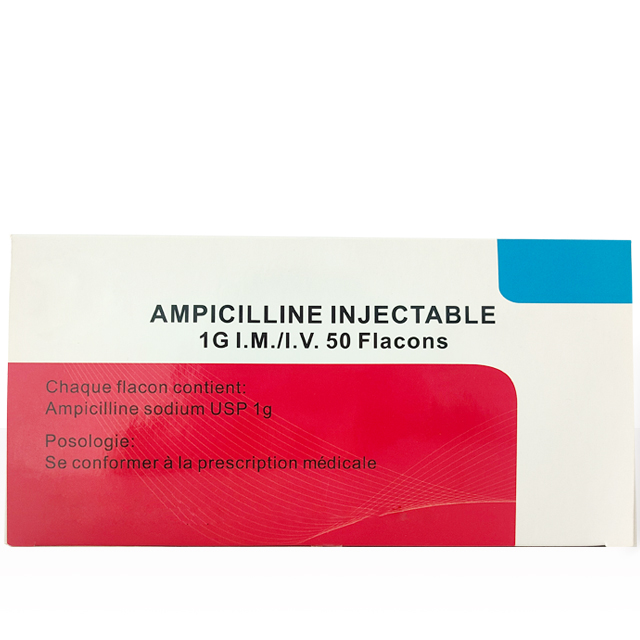

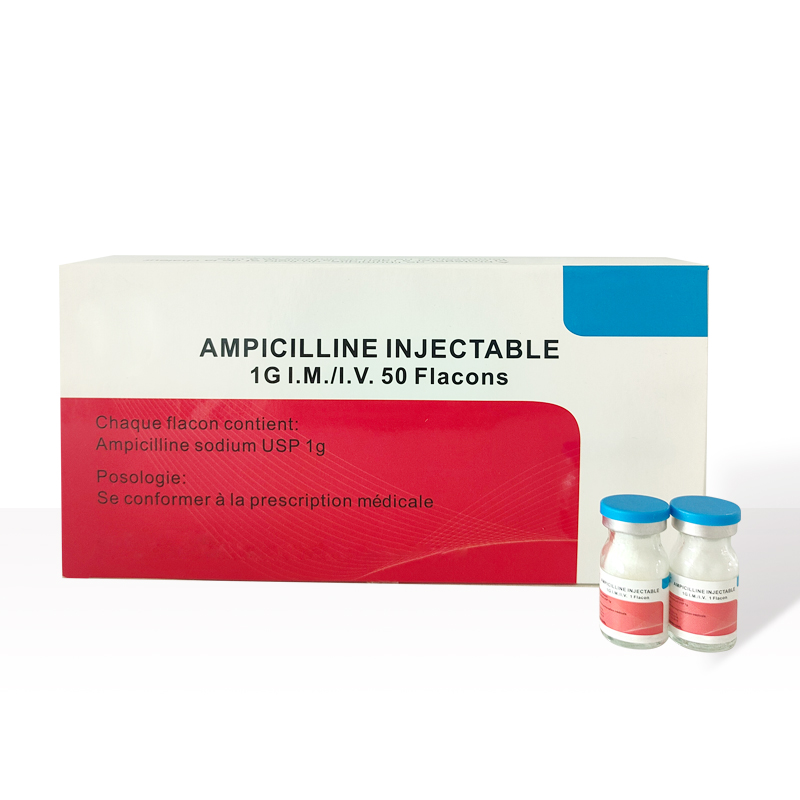
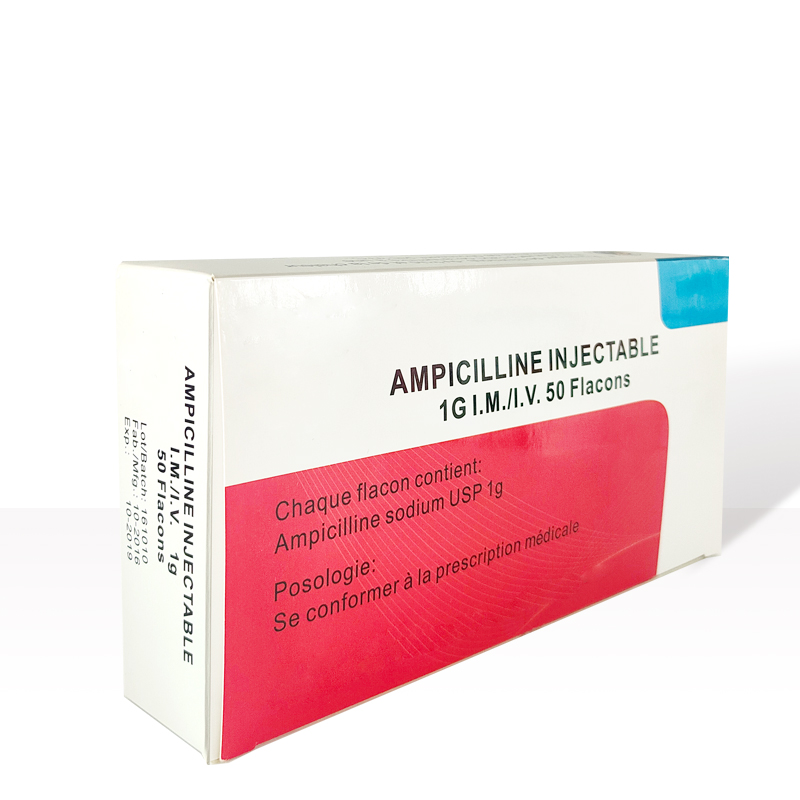
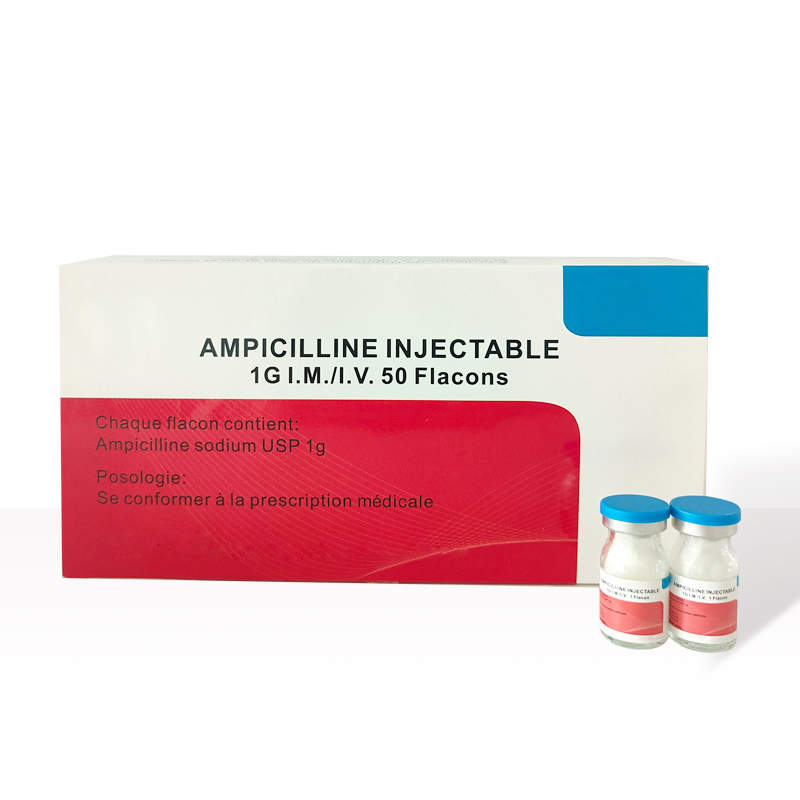
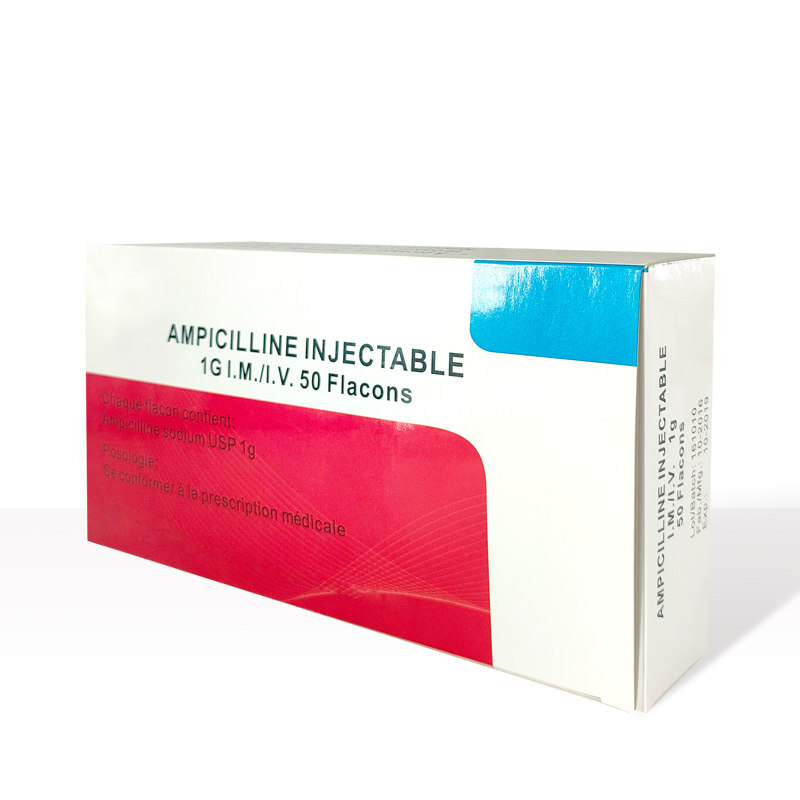
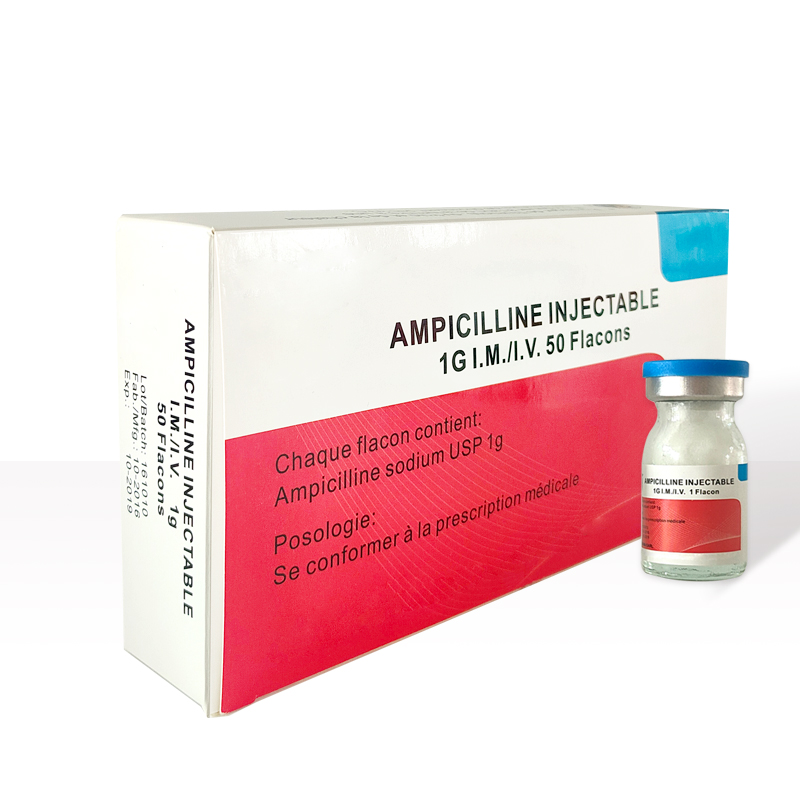
Ampicillin is a β-lactam antibiotic that works similarly to penicillin. It inhibits the final stage of bacterial cell wall synthesis by binding to penicillin-binding proteins (PBPs) on the bacterial cell wall. This prevents the cross-linking of peptidoglycan chains, leading to weakened cell walls and ultimately causing bacterial cell lysis and death. Additionally, ampicillin can activate autolytic enzymes in the bacterial cell wall, further promoting bacterial lysis.
Ampicillin is a broad-spectrum antibiotic used to treat a variety of infections caused by susceptible bacteria, including:
The dosage of ampicillin varies depending on the type of infection and the patient's condition:
Ampicillin should be stored in a cool, dry place, protected from light and moisture. Keep the container tightly closed to maintain the stability and efficacy of the medication. The recommended storage temperature is typically between 15°C and 30°C (59°F to 86°F).


 2006-2025 上海博華國際展覽有限公司版權(quán)所有(保留一切權(quán)利)
滬ICP備05034851號-57
2006-2025 上海博華國際展覽有限公司版權(quán)所有(保留一切權(quán)利)
滬ICP備05034851號-57